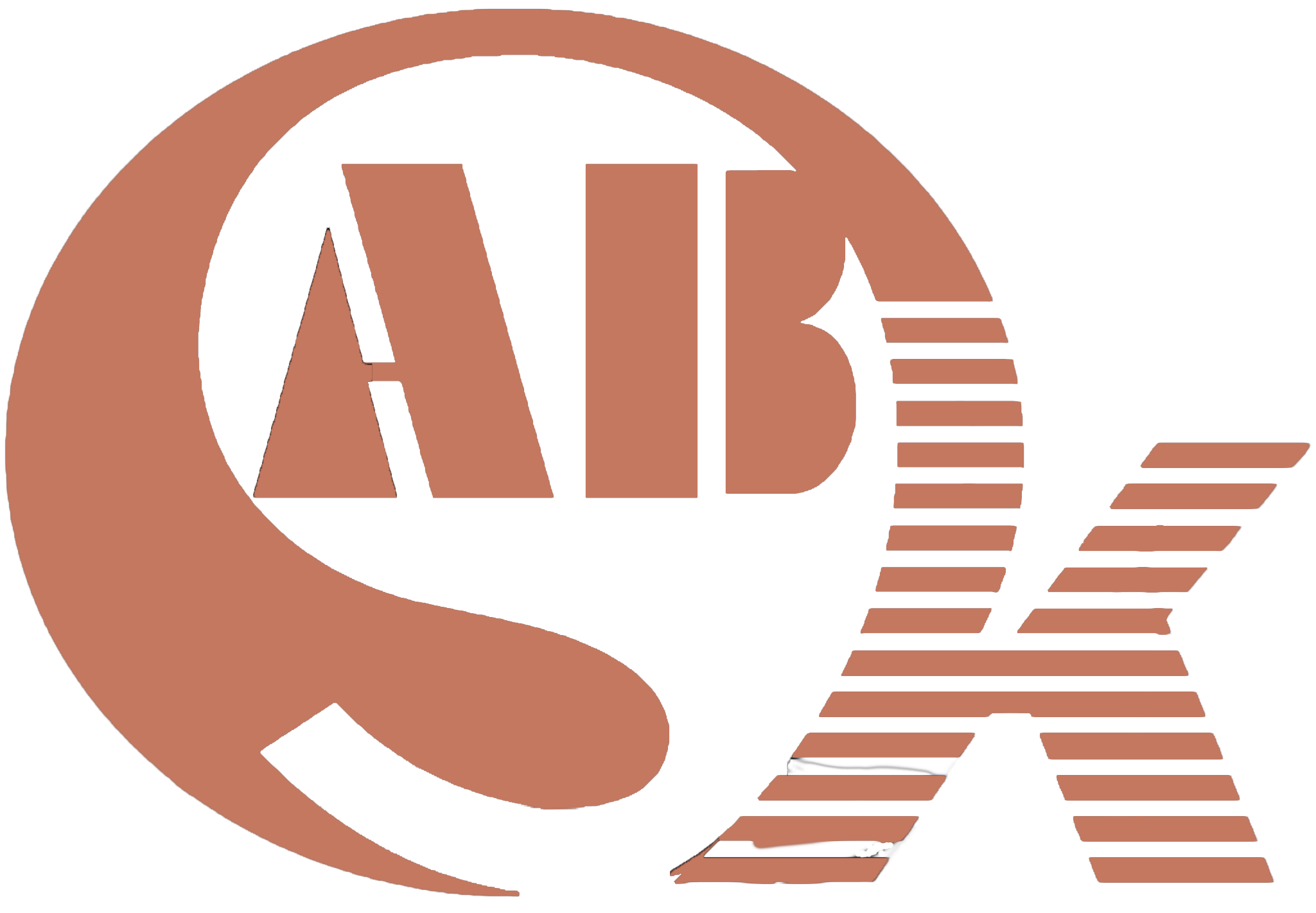Mastering Precision: Exploring the Diverse Types of Manipulation in Welding
Welding is a blend of art and science, where the welder’s skill and the choice of manipulation technique play a pivotal role in the quality of the final weld. Understanding the various types of manipulation in welding is essential for welders, as it directly impacts the strength, integrity, and appearance of the welded joint. In this in-depth guide, we’ll take you on a journey through the diverse world of welding manipulation techniques, shedding light on the nuances of each method. Whether you’re a novice or an experienced welder, this information will help you elevate your welding skills and create superior welds.
Different Types of Welding Manipulation Techniques:
- Linear Manipulation: Linear manipulation is one of the most basic and commonly used techniques in welding. It involves moving the welding torch or electrode in a straight line along the joint. Linear manipulation is ideal for joining long, straight sections and is commonly used in processes like MIG (Metal Inert Gas) and TIG (Tungsten Inert Gas) welding. This technique provides control and consistency, making it suitable for projects that require precision and minimal distortion.
- Weaving: Weaving, also known as oscillation, introduces a side-to-side motion in addition to the forward linear movement. This technique is often used to widen the weld bead and create a broader fusion zone. Weaving is beneficial for welding thicker materials and filling wider gaps. It helps distribute heat evenly and reduces the risk of defects like undercut and lack of fusion. Weaving is commonly applied in shielded metal arc welding (SMAW) and submerged arc welding (SAW).
- Circumferential Manipulation: Circumferential manipulation is specific to cylindrical objects, such as pipes and tubes. When welding in the circumferential position, the welder moves the torch or electrode around the circumference of the workpiece. This technique is crucial in pipe welding and is employed in processes like gas tungsten arc welding (GTAW) and gas metal arc welding (GMAW). It allows for even penetration and consistent welds on curved surfaces.
- Multi-Axis Manipulation: Multi-axis manipulation involves a combination of movements, often in complex patterns. Welders employ this technique to create intricate and precise welds. Multi-axis manipulation is commonly used in applications like aerospace and automotive manufacturing, where precise control and intricate weld geometries are essential. Advanced robotic welding systems use multi-axis manipulation to achieve exceptional accuracy and repeatability.
- Orbital Welding: Orbital welding is a specialized form of manipulation primarily used for high-purity applications, such as the semiconductor and pharmaceutical industries. In orbital welding, the electrode or torch revolves around the workpiece in a continuous circular motion. This technique offers exceptional control over heat input and results in highly consistent and defect-free welds. It is commonly executed by automated systems, ensuring a high level of precision and repeatability.
Selecting the Right Manipulation Technique: Key Considerations:
The choice of manipulation technique in welding should be based on various factors, including:
- Welding Process: Different welding processes have their own preferred manipulation techniques. For example, MIG and TIG welding often involve linear and weaving movements, while circumferential manipulation is critical in pipe welding.
- Material Thickness: Thicker materials may require weaving or multi-axis manipulation to ensure adequate penetration and a strong weld.
- Joint Design: The joint’s configuration plays a significant role in selecting the manipulation technique. For complex joint designs, multi-axis manipulation may be necessary.
- Welding Position: Consider the position of the weld joint, whether it’s flat, horizontal, vertical, or overhead. Some manipulation techniques may be more suitable for specific positions.
- Automation: Automated welding systems, such as robotic welders, may employ various manipulation techniques to achieve precision and consistency.
Conclusion: Perfecting the Art of Welding Manipulation
In the world of welding, the choice of manipulation technique is akin to an artist selecting the right brushstroke for a masterpiece. Each technique brings its own set of advantages and is tailored to specific welding scenarios. Whether you’re working on long straight seams, curved pipes, or intricate joints, understanding the nuances of these manipulation techniques is the key to creating strong, reliable, and aesthetically pleasing welds.
As you master these manipulation techniques, you’ll unlock the potential to elevate your welding skills and tackle a wide range of welding projects with confidence and precision. Whether you’re a DIY enthusiast or a professional welder, the knowledge of these techniques will open doors to a world of possibilities in the field of welding, ensuring that your welds meet the highest standards of quality and integrity.
